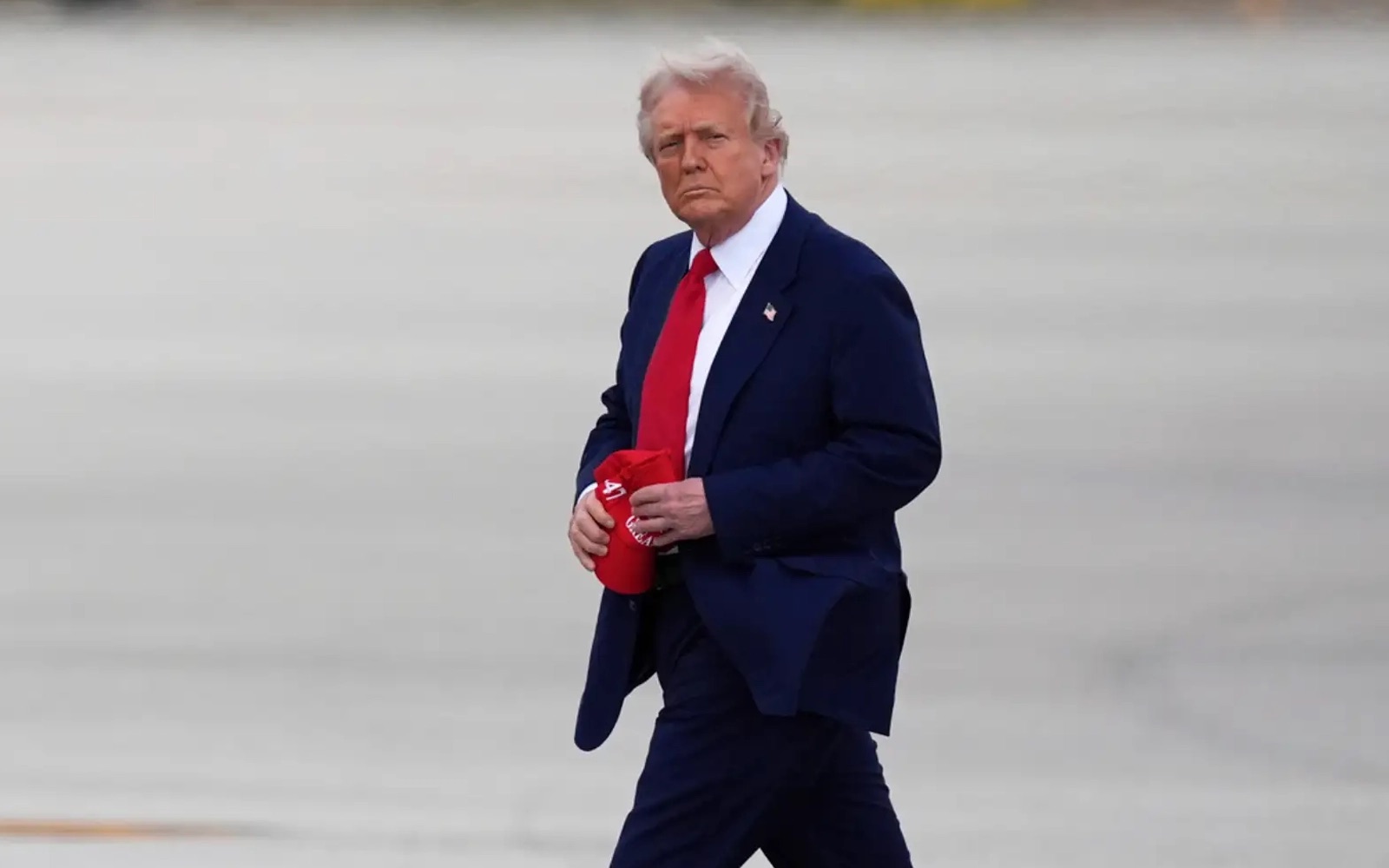
The US officially began collecting a 10% “baseline” tariff on all imports starting Saturday, marking a new chapter in President Donald Trump’s aggressive trade policies. Despite market turmoil, Trump urged Americans to “hang tough,” claiming that the economic revolution he has promised would ultimately lead to victory.
The tariffs affect hundreds of countries, with the UK and France among those bearing the brunt of the new measures. Chinese imports, in particular, have been hit hard by the tariffs, and China has already announced significant retaliatory actions. In response to the new tariffs, the US stock market saw a sharp decline, with all three major stock indexes dropping by more than 5% on Friday. The S&P 500 fell nearly 6%, marking the worst week for the US stock market since 2020.
In cities across the US, protests erupted over Trump’s policies, including the new tariffs and government cuts. Thousands gathered in Washington DC, New York, and other major cities to voice their dissatisfaction with the president’s actions. Despite the economic downturn, Trump described the market volatility as “an economic revolution” that the US would ultimately “win.” He assured his supporters on Truth Social that while the situation may not be easy, the end result would be historic.
International Reactions
The impact of the new tariffs was felt worldwide. In the UK, the FTSE 100 fell nearly 5%, marking its steepest decline in five years. Asia and European markets followed suit, with stock exchanges in Germany and France also seeing similar losses. Elon Musk, an ally of President Trump, spoke about the potential for the US and Europe to move toward a “zero-tariff situation,” suggesting the possibility of creating a “free-trade zone” between North America and Europe. His comments came just before the Trump administration’s plans to impose tariffs of up to 50% on goods from what the US considers the “worst offenders” in terms of trade imbalances.
China, the world’s second-largest economy, announced retaliatory tariffs of 34% on US imports, mirroring the tariffs imposed on China by the Trump administration. Beijing also filed a formal complaint against the new tariffs with the World Trade Organization, calling on the US to stop using tariffs as a tool to suppress China’s economy. This escalation in tensions between the US and China only adds to the growing concerns about the global economic and security impact, particularly in regions like Southeast Asia.
Protests and Trade Disruptions
Protests across the US intensified, with over 1,200 demonstrations expected on Saturday, marking the largest single-day protest against Trump and his policies. The protests focus on a range of issues, from the economy to changes in how the US government is led, expanding the power of the executive branch. The White House has yet to comment on the protests, but Trump was photographed by an AP photographer with a copy of the New York Post open to an article about China.
The effect of the tariffs on global trade has already been felt. In the UK, Jaguar Land Rover announced that it would pause all shipments to the US to adjust to the new trading terms. This move highlights the broader impact that tariffs are having on international supply chains and businesses.
Author’s Opinion
Trade wars, while appealing to those seeking to protect domestic industries, often come with significant long-term costs. The tariff hikes may provide short-term benefits for certain sectors, but they can also disrupt global supply chains and lead to higher prices for consumers. In the end, these moves could harm businesses and consumers more than they help, especially if the retaliatory measures from other countries continue to escalate.
Featured image credit: FMT
Follow us for more breaking news on DMR
